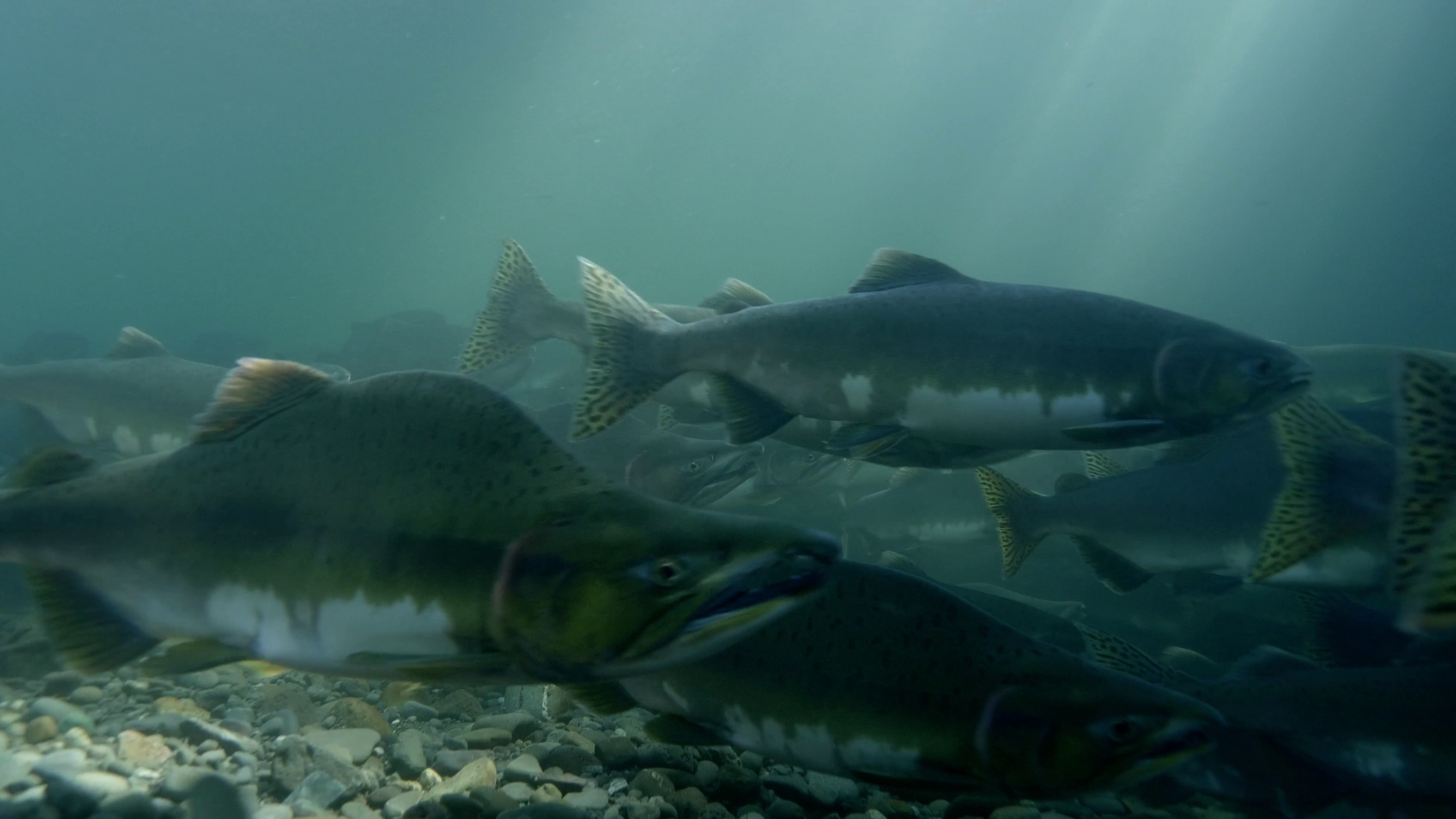Salmon are a keystone species in the river-side forests of the Pacific Northwest, critical for cycling nutrients inland that feed predators like eagles or black bears, and in turn fueling an entire ecosystem of wildlife. There are five species native to the region – chinook, coho, chum, sockeye, and pink salmon – all that reach adulthood in the ocean before returning inland and upstream to spawn. The construction of dams without proper fish-passages significantly impedes this critical stage of the salmon lifecycle. In the Elwha River alone, about 400,000 salmon were known to return upriver to spawn each year; that number fell by 99% after the construction of dams, but since their recent removal, salmon populations are finally able to recover.
